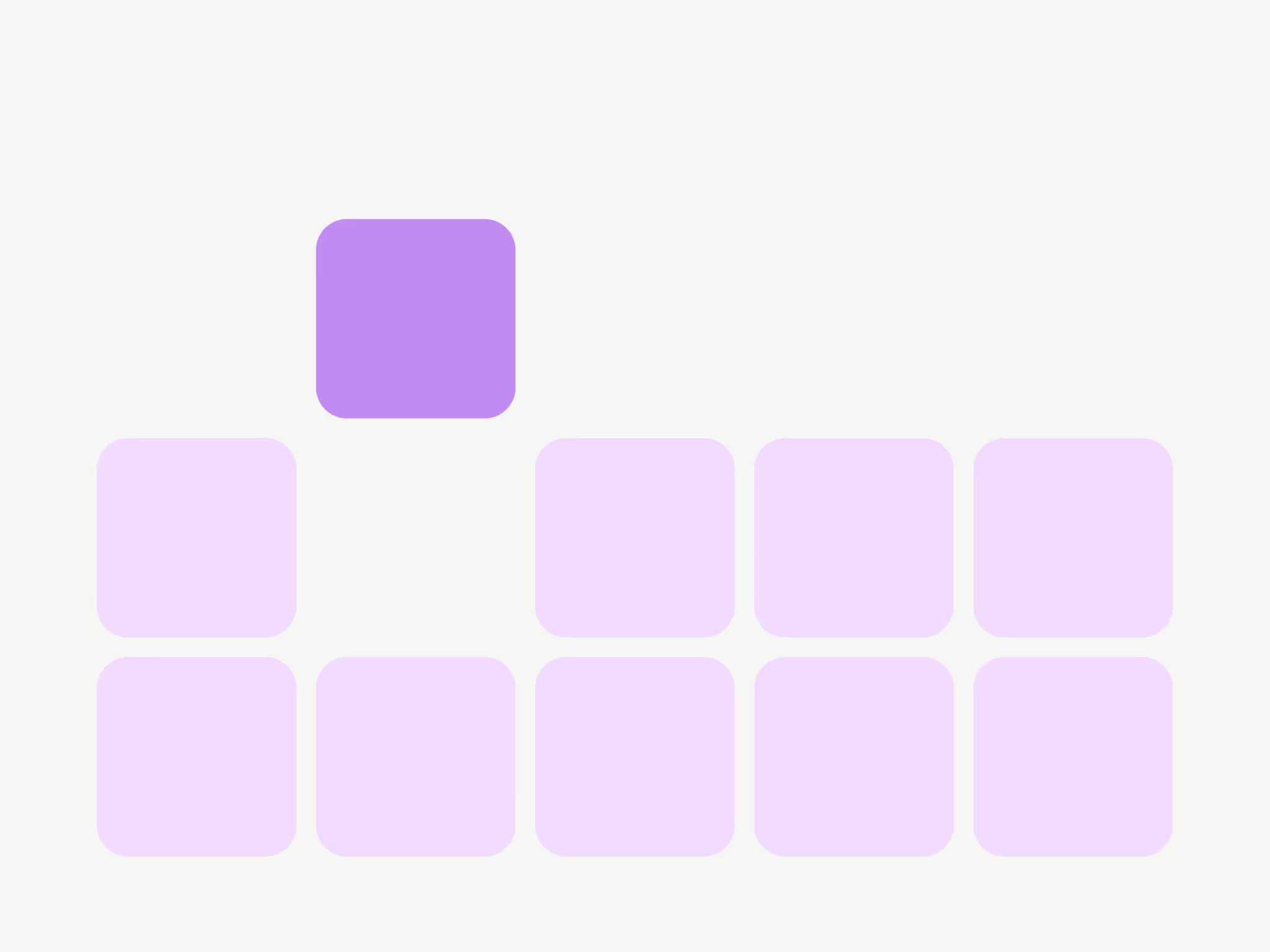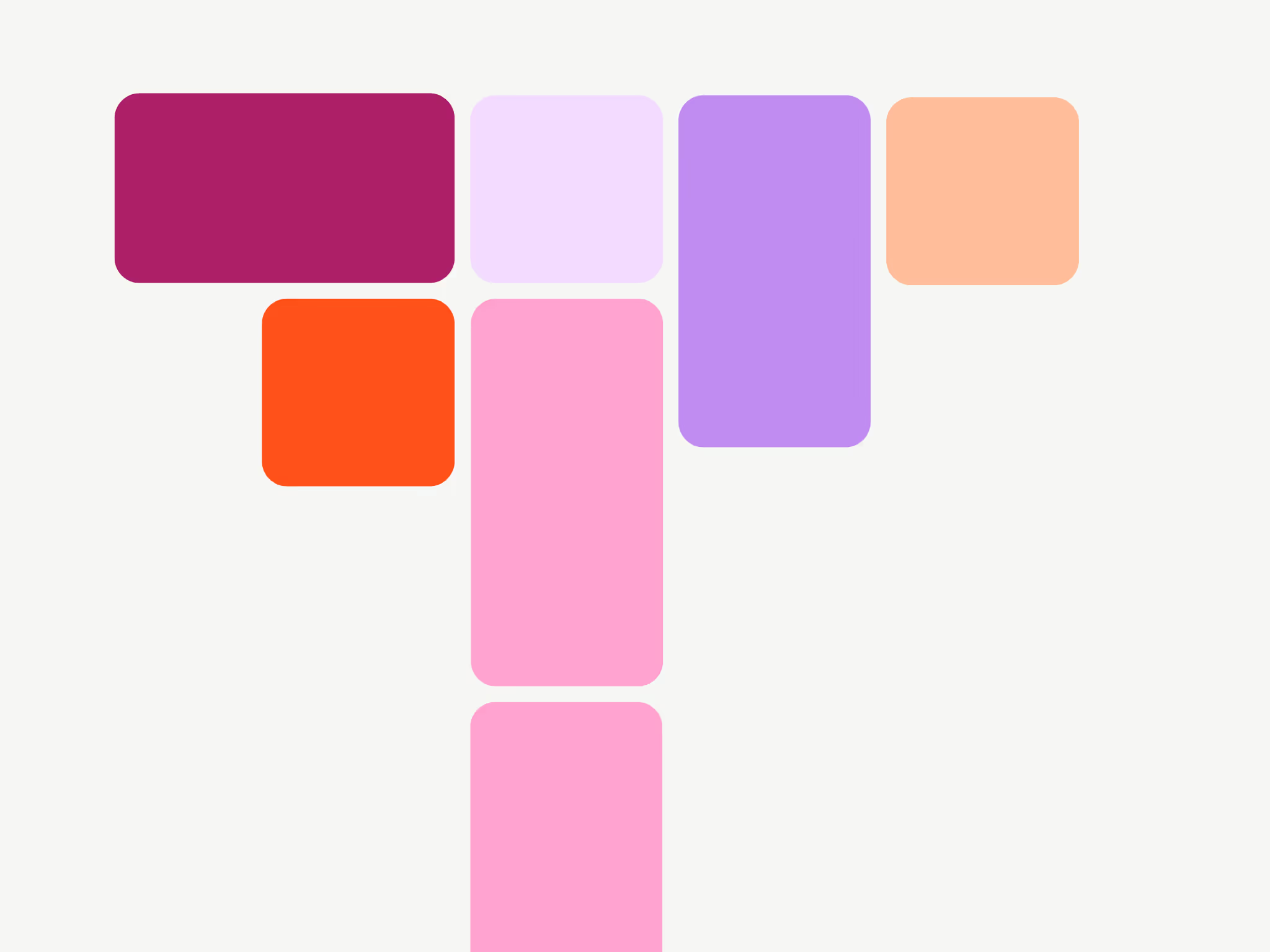Knowing how much you should pay an influencer is really hard.
Together with the help of 42 influencer marketers, I put together a series of insights on Instagram influencer pricing.
The goal is to help you feel more comfortable & confident that you’re paying the right amounts for your IG collabs.
Let’s go!
1. Generic pricing benchmarks for Instagram influencers are not very helpful
I showed marketers these pricing benchmarks from a study by Later:

And I asked them to rate how accurate the benchmarks were, in their experience.
0 = very inaccurate, 5 = very accurate.
We had every possible answer, multiple times. Everyone has a different experience, but the average answer was 2.5 (quite inaccurate).

The fundamental issue with generic benchmark studies is that there are too many factors that affect pricing:
- The geographical market
- The niche
- Metrics like engagement rate & fake followers (more on this soon)
- The campaign brief & deliverables
- The partnership duration (i.e. one-off, or year-long contract?)
- The brand (big brands are desirable to work with, and often get better deals)
- (...)
This is why everyone has such varied experiences.
Which raises the question for new marketers:
If I can’t trust benchmarks, how do I figure out what to pay?
This entire article is designed to give insights which support your decision-making muscles for influencer pricing. To kick off though, here’s two quick tips from people who have been in your shoes:
a) Reach out to as many influencers as you reasonably can
Start getting a feel for the market rates in your niche.
“In the very beginning, start contacting as many influencers and agencies as possible. You’ll build your own database of price range information, and learn what industry standards look like in your niche.”
– Tanja Milicevic, Affiliate Manager, Donnerberg
And Mark Dandy, Head of Influencer Marketing at Ear To The Ground Agency recommends the same approach.
“Say you're new to the industry and looking to establish relationships. Let them know about upcoming campaigns, introduce yourself, and ask about rates so you can consider influencers for those campaigns.”
“Take the averages overall and use that as a better benchmark. Use it as your negotiating position.”
b) Set a budget based on customer acquisition cost
Know your limit before you start talking to influencers.
“Figure out what you can pay to acquire a customer. And try to forecast the influencer’s sales with whatever data you can get (e.g. their past affiliate performance, avg views, Story link clicks, etc.).“
“With that, you can estimate your maximum budget for the first collab. After you have some performance data, you can negotiate again.”
– Ben Williams, Senior Influencer Manager, Blast.tv
Estimating in this way isn’t going to be precise, but if you’re feeling lost in the early days, it’s a great way to get started with paying influencers.
2. Most marketers ask influencers to share their rates first
When you first make contact with a new influencer, should you ask for their rates, or give them your budget?

The majority ask for rates first. After all, this is a simple negotiation best practice, right?
Mark Dandy recommends clearly writing down the deliverables you want first, then reaching out & asking for a price.
“You essentially want a checkout process. Here’s everything I’m asking for. How much will you charge me for it? Once a price comes up, you can usually negotiate within a 30% range.”
Similarly, Ben Williams always takes this route. He asks for rates up front, then tries to negotiate within a similar range (up to 50% lower).
But some, including Agita Matule from the marketing team at Wolt, take the opposite approach. Agita cuts right to the chase, and shares the budget up front.
It saves time on back-and-forth.
And even if there are cases where you pay more than the influencer would have charged, you get goodwill. The creator feels well-compensated, which can be impactful in long-term relationships.
Nycole Hampton also believes that marketers should be giving budgets up front. Her stance is that marketers need to know how to assess the value of each influencer against your objectives. And with that, take control of the negotiation by sharing your budget.
"Set up a call and come prepared to discuss the campaign, objectives, deliverables, usage and budget. Always be comfortable walking away, sometimes pricing just won't work and it isn't worth it to overpay just to get someone on board. Your goal should always be to balance paying fairly and spending efficiently."
I think both strategies are viable, though the latter is less so until you have a lot of experience & data to feel confident in your pricing.
If you're new to influencer marketing, or even just starting in a new role/industry, it's likely that asking for creator rates makes sense.
If you have a lot of experience in your space (and therefore historical benchmarks), and you’re looking to build long-term partnerships, it could make sense to share your budget first.
3. Engagement rate is the most used data point in pricing
I asked respondents to share which data points, if any, they use to consider how much they should pay an Instagram influencer. The top metrics were:
- Engagement rate (87%)
- Average views (64%)
- Percentage of audience in target locations (64%)

Here are a couple of observations.
Engagement rate is a good start, but take it with a grain of salt
It’s no surprise that engagement rate (ER) comes out on top here. And I agree it should be a top metric to check.
If you’re investing in a high value collab though (i.e. paying a lot up front, and/or looking for a long-term partnership), consider digging deeper into it.
ER can be gamed, or skewed by one viral post. To increase your confidence, you can:
1) Manually review comments. Are they genuine engagements, or generic nonsense?
2) Dig into Advanced Data using Modash. You can break down engagement by content type (i.e. Posts vs. Reels), plus get the minimum, maximum, and median engagement rates. Is that creator consistently getting good engagement over time? It looks like this:

If both checks are looking good, take it as confidence to pay more.
Secondly, sometimes a lower ER doesn’t always equal poor sales performance. Ben Williams recalls multiple examples where FARFETCH’s top performers had <0.5% ER, but huge sales impact.
Why? There are things that ER just can’t reflect.
For example, if a creator is primarily focused on Stories, their Story performance doesn’t reflect in ERs. Similarly, if the creator is working hard to respond to DMs from followers, it won’t directly boost their ER (but is likely to build more trust and therefore better performance).
The number of real, relevant followers is underutilized as a data point
For pricing calculations, only:
- 51% of respondents are using fake followers
- 59% are considering how many followers are your target age/gender
- 64% are considering how many followers are in target locations
To me, that feels low.
There are cases where this matters less (e.g. commission-only affiliate deals, or location-agnostic software/apps). But when you’re directly paying an influencer up front for a collab, I think that real, relevant followers should be among your top pricing considerations.
Most influencer analysis tools, including Modash, are able to check fake followers and check audience demographics. Here’s how it looks in Modash:

If you’re super tight on budget & you prefer to spend more time instead of money, you can ask the influencer to send you screenshots of their analytics as a substitute.
Though if you’re spending money directly paying for collabs, it’s unlikely that it isn’t worth the relatively accessible price of an analysis tool to speed this up, and get more data.
And if nothing else, at least use a free fake follower checker.
Palina Viarbitskaya, Influencer Relations Manager at The Bold Stroke, never skips this step.
"I always run a check for fake followers. No matter how low the price might be, it's just not worth it if the audience isn't real."
4. Content usage rights is the #1 “extra” marketers pay more for
Savvy creators have started to ask for additional fees for things like content usage rights and cross-posting. I asked marketers which of these add-ons were most valuable. Here’s the results:

Usage rights comes out on top, as a requirement for various types of influencer content repurposing.
Exclusivity depends a lot on the industry, and the type of collab. For example, you’ll almost never be able to get exclusivity in fashion or beauty. But if you’re a niche product looking for a year-long contract, it’s likely possible.
Cross-posting had more love than its average ranking might suggest, too. Here’s some comments:
“Cross-posting across platforms is incredibly important. While some of a brand's target persona might hang out on IG, many others might exclusively use TikTok and so it helps bolster reach substantially.”
– Sarah Saffari, founder at InfluencerNexus
“If we're working with someone who has a following across several platforms, we almost always ask them to cross-post. It's no extra work on their end and helps us reach more people.”
– Josh Viner, founder at the creative lab, and Growth Marketer at Zero To Mastery
“Cross-posting is such a value add because it widens the net to reach your desired audience and deepens connections with the trusted voice (your influencer) to further build trust with the brand.
– Kenisha Dennis, Head of Social, Digital, & Influencer Partnerships at Meta.
From my conversations with influencer marketers, I’ve learned that these types of add-on costs aren’t present in every niche.
For example, Valeriia Chemerys, (Head of Media Partnerships at Deeper) rarely experiences influencers asking for extra payments for licensing. Why? One reason is simply that content creation is a side-hustle for a lot of Deeper’s influencers. They are first and foremost professional anglers. They’re not as focused on squeezing every dollar out of their creator business.
Others, like Ben Williams, frequently encountered more “savvy” influencers during his time at FARFETCH (a luxury fashion brand). In big categories like fashion & beauty, influencers are receiving a lot more outreach from brands. Competition is fierce, and creators are more able to demand additional fees.
You’re likely to see this stuff more at higher follower counts, where the creator’s #1 income stream relies on their social following. Even more so when there is talent management / agencies involved.
5. Expected reach & deliverables are equally important in pricing
I asked what influences pricing decisions more: the creator’s expected reach, or the campaign deliverables.
The majority said “both”.

Any time an influencer promotes your brand, it costs their time – whether it’s a Post, Story, or Reel. And so it’s difficult to completely separate reach & deliverables from pricing.
If you want an influencer to create more stuff, you’ll likely have to pay more.
The only way to escape this (to an extent) is with performance-based compensation. Paying for results, rather than for the creator’s time.
That’s easier said than done (influencers increasingly prefer upfront payments), and it’s probably something you’ve heard many times before.
That said, Anna-Maria Klappenbach (who leads influencer marketing at Aumio) has an interesting approach to the “base plus commission” compensation model.
A “normal” example of base plus commission could be a $300 flat fee, plus 10% of sales tracked via a discount code.
Anna’s tactic still has a flat fee, and extra pay per code redemption, but here’s the twist:
Creators aren’t eligible for the additional performance-based bonuses until they reach a performance threshold. They need to drive enough impact to cover their initial fee, and then beyond that they can earn more.
For example, if the fixed fee is $300 and the pay per code redemption is $10, the creator needs to drive 30 sales before they’re eligible for performance bonuses. Starting from their 31st code redemption, they’ll start earning extra.
For the influencer, the risk is still removed. They've got a minimum amount locked in to ensure it's worth the time to make content, and the prospect of earning more if they choose to work harder.
And from Aumio’s perspective, they’ve negotiated a lower rate than usual (vs. if they were fully paying up front), and capped their risk in case the influencer doesn’t perform.
6. Reels & Stories are valued more than Posts
I asked which content formats had the strongest ROI for brands (a specific content type, or a combination).

Reels were most cited as the top performing format, and the top combination was Stories & Reels together. Why?
- Reels can reach new audiences, and they have viral potential
- Stories are lower effort to create, they offer link clicks, a more direct & trackable way to drive traffic
Posts are missing those benefits. Less likely to reach new audiences, and no clickable links.
Jenny Song Schmidt, an influencer marketing consultant, backs up the benefits of Stories & Reels:
“Stories are more authentic, showing day to day life, and work better for sales. Reels work better for brand awareness, since they tend to get much more reach and are visible for much longer”
Anna Sullivan from The Creative Exchange sees that Reels are generally the top performing format across her agency’s client base.
Sarah Saffari from InfluencerNexus also likes Stories as a format because they’re casual, and regular touchpoints via Stories builds trust with the audience.
“Great creators know how to constantly engage their audience via stories throughout their day and continue to build the Know, Like, and Trust factor.”
“When they seamlessly integrate a product or service into their everyday routine on a story, audiences will want to use the same products that the influencer does, because they trust the creator.”
One key downside of Stories is that there’s no permanent content.
If you use an influencer monitoring tool (yes, Modash has one!) you can automatically save all your Story creatives to repurpose or report on later. No authentication is required from the influencer either. It’s an easy way to squeeze a little more value out of each influencer Story.

.avif)






